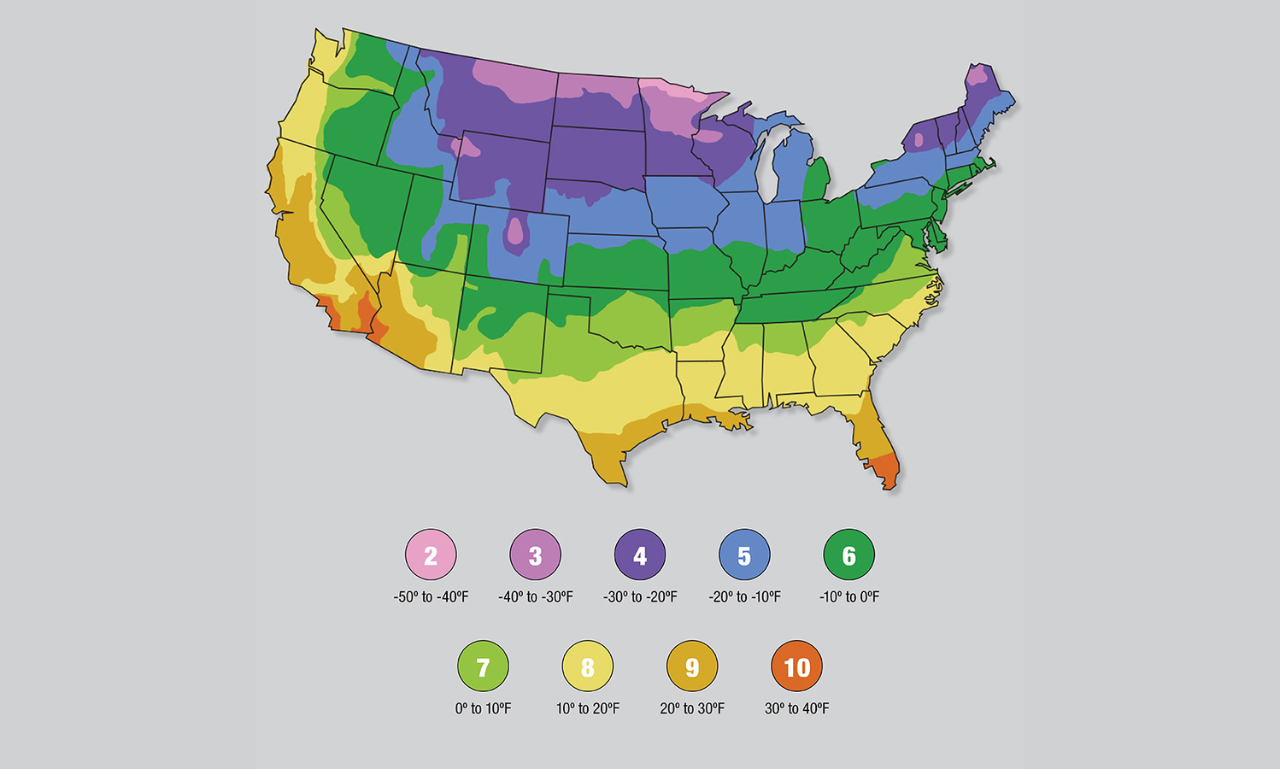Keys To Apartment Gardening Success: A Beginners Guide For A Plant Paradise: How To Display Plants In Apartment
Gardening enthusiasts know that there’s more to a thriving garden than just a green thumb. One of the most critical factors in achieving gardening success is understanding your planting zone. Whether you’re cultivating a lush landscape or nurturing a vegetable patch, knowing your USDA Hardiness Zone or Canadian Planting Zone can make all the difference in selecting the right plants that will not only survive but flourish year after year.
Defining Planting Zones: A Blueprint for Success
Planting zones, often referred to as USDA Hardiness Zones or Canadian Planting Zones, are geographical regions characterized by specific climate conditions that determine which plants can thrive within them. These zones take into account factors such as temperature, rainfall, and climate patterns, which play a crucial role in a plant’s survival and growth. This information is particularly valuable for regions with extreme winter temperatures, where selecting the appropriate plant species is essential.
Navigating the Zone Maps: USDA and NRC Hardiness Zones
Two of the most widely used references for determining planting zones are the USDA (United States Department of Agriculture) and NRC (Natural Resources Canada) Hardiness Zone Maps. These comprehensive maps provide gardeners with invaluable insights into the suitability of various plant species based on average winter temperatures.
The USDA Plant Hardiness Zone Map, for instance, categorizes the United States into 11 main zones, each further subdivided into subzones. These zones represent a 10°F temperature difference, with lower numbers indicating colder regions. This map serves as an indispensable tool for gardeners seeking to match plant preferences with specific climate conditions.

Microclimates: Nurturing Diversity Within Zones
While planting zones offer a solid foundation for plant selection, it’s important to remember that gardening isn’t always black and white. Microclimates, localized pockets with unique climate attributes, can influence planting success. Elevation changes, proximity to bodies of water, and urbanization can all contribute to the creation of microclimates. These microclimates can enable gardeners to experiment with plant choices slightly outside their designated zone, expanding the range of possibilities and fostering gardening creativity.
Zone Wisdom: Gardening with Purpose
Understanding your planting zone is a cornerstone of informed gardening. For perennials, vines, shrubs, and trees with extended lifecycles, planting within the appropriate zone significantly reduces the risk of winter damage, stunted growth, and compromised flowering. Moreover, native plants are a wise choice for a harmonious garden, as they are adapted to thrive in their natural habitat, promoting ecosystem stability.
Annual plants, on the other hand, have a shorter lifecycle, making zone selection less critical. Instead, focus shifts to growing seasons, frost dates, and climate-specific considerations to ensure a bountiful harvest of vegetables and flowers.
Navigating International Zones: A Tip for Canadian Gardeners
For our neighbors in Canada, who use the USDA Plant Hardiness Zone Map as a point of reference, a rule of thumb is to add one zone to the USDA designation. This adjustment helps align plant compatibility and success with the Canadian climate. For instance, if a plant is designated as suitable for USDA Zone 4, it is approximately equivalent to Zone 5 in Canada.
A Guiding Light, Not a Guarantee
It’s important to note that while planting zones offer invaluable guidance, they are not an absolute guarantee of success. A plant’s designated hardiness zone should be viewed as a guideline rather than an infallible rule. Microclimates, local conditions, and proper care practices all play a role in determining a plant’s performance in a specific environment.
Embracing Diversity: From Zone to Zone
From the frigid landscapes of Zone 1, where temperatures plummet below -50°F, to the balmy conditions of Zone 11, ranging from 40 to 50°F, a diverse array of plants can thrive in different zones. By understanding these zones and their temperature ranges, gardeners can select plants that are tailor-made for their climate.
The Future of Gardening: Technology Meets Zone Wisdom
In today’s digital age, technology is empowering gardeners like never before. Online plant shopping platforms are incorporating automatic location detection features that notify you if a selected plant is suitable for your specific zone. This streamlined process simplifies plant selection, making it easier than ever to curate a garden that’s perfectly aligned with your local climate.
Conclusion: Zone Knowledge, Gardening Brilliance
When it comes to gardening success, knowledge truly is power. Understanding your USDA Hardiness Zone or Canadian Planting Zone opens the door to a world of gardening possibilities. By embracing this knowledge, you’re equipped to make informed plant selections, nurture a vibrant and resilient garden, and embark on a journey of horticultural exploration that celebrates the wonders of nature and climate. So, before you dig into your next gardening project, take a moment to discover your planting zone—it’s the key to unlocking a flourishing and fruitful garden.


